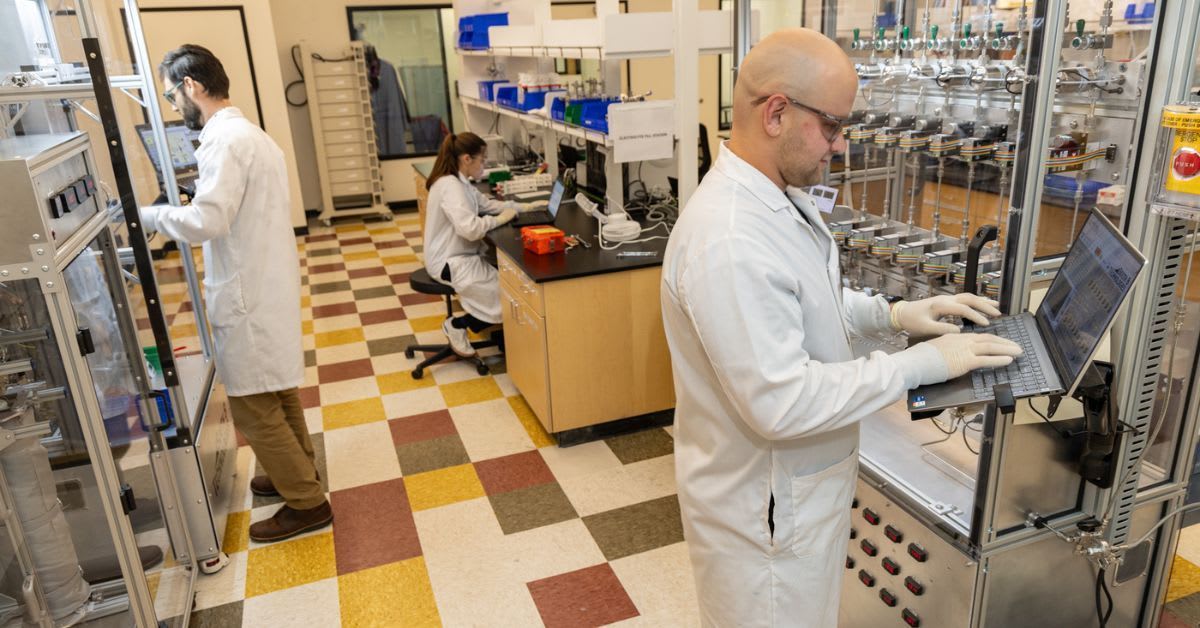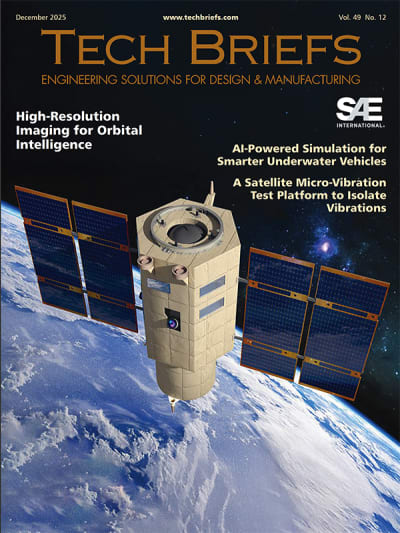
Breakthroughs can start from simple curiosities. An exciting battery breakthrough at the University of California San Diego, for example, started when a graduate student wondered about those little cans of compressed air that are used for dusting off keyboards. But these kinds of initial ideas have little chance of becoming gamechangers without a university ecosystem that offers support, resources and freedom to explore. Thankfully, with such agency, the compressed-air curiosity turned into a promising new battery technology that could expand battery performance, safety and versatility. Here is a bit of that story. It starts with some battery context.
Our current battery industry needs to be re-energized. The decades-old technology isn’t always the ideal match for some of our recent advancements, like electric vehicles, or for more extreme environments. Fortunately, some companies are charging up potentially ground-breaking ideas.
One such company is the startup South 8 Technologies, a company led and co-founded by alumni from UC San Diego. South 8’s claim to fame is a patented Liquefied Gas Electrolyte (LiGasⓇ) technology, which was named one of TIME’s 200 best inventions of 2024. By replacing the liquid electrolytes in conventional Li-ion batteries with liquefied gases, South 8 batteries have a world record wide temperature range for their performance: -60 °C to +60 °C (in comparison, conventional lithium batteries only perform down to 0 or -10 °C). Plus, they store more energy per cell and are safer.

Another advantage is the materials needed for these batteries, including the commercially off-the-shelf industrial gases, are all domestically manufactured at high scale today without the need to go abroad, according to Cyrus Rustomji, Chief Science Officer at South 8 and PhD (‘15) alumnus of the UC San Diego Jacobs School of Engineering. Rustomji co-founded South 8 alongside fellow nano engineering alumna Jungwoo Lee.
Here is an exclusive Tech Briefs interview, edited for length and clarity, with Rustomji.
Tech Briefs: What led you to co-found South 8 alongside Lee?
Rustomji: There is a gap today in Li-ion battery technology to fulfill customer requirements at low temperatures where lead-acid batteries and diesel fuel continues to dominate. We recognized early on that the Liquefied Gas (LiGas) electrolyte technology we developed could meet these requirements and become a valuable product throughout the industry.
Tech Briefs: The article I read says, “Nowadays the company is getting some attention. For example, because their batteries can power defense applications like radio communication in ultra cold weather regions, the team is landing contracts with the US Army. Car companies are also investing, given the potential these batteries have to improve the electric vehicle market.” My question is: Can you explain in more detail the contracts/investments please?
Rustomji: The defense industry is specifically interested in the LiGas performance advantages with respect to safety and low temperature operation. These aspects will improve battery standardization and capability of the warfighter across a global landscape and reduce the need to manage multiple power sources across different missions. In addition to the improved safety and cold weather operation, the electric vehicles industry is looking to advance energy density and fast-charge capability, both aspects LiGas is well positioned for. More specifically, we have recently secured contracts worth $8M with the army to both advance domestic lithium-ion battery production and prototype military battery packs for extreme climates. Our key investors include Lockheed Martin Ventures and Porsche Ventures.
Tech Briefs: What was the biggest technical challenge you faced while developing this battery?

Rustomji: In an effort to ensure simple integration into conventional manufacturing and customer battery packs, our technical team wanted to conform to standard manufacturing processes and cell form-factors. Developing pressurized electrolyte injection systems and cell hardware that could meet these requirements was a formidable technical challenge, which however, has proven worthwhile as our customers today are enjoying the seamless adoption of LiGas cells.
Tech Briefs: How does your battery differ from a traditional Li-ion battery?
Rustomji: A Li-ion battery has four primary components; a positive electrode, a negative electrode, an electrically insulating separator, and an electrolyte. The electrolyte is like the blood of the battery — a conventional electrolyte is comprised of a liquid solvent which shuttles lithium ions from one electrode the other. South 8 has developed a Liquefied Gas (LiGas) electrolyte which uses materials that are generally gaseous under atmospheric pressure and room temperature but can be liquefied under a moderate pressure and used as a solvent for the battery electrolyte. Similar to a tank of propane for your BBQ or an "air-in-a-can" duster for your electronics. Thanks to the ultra-low freezing point, low viscosity, and chemical stability of the electrolyte, our technology enables cold weather operation, fast-charge, and higher voltage batteries offering enhanced power and energy.
Tech Briefs: Do you have any set plans for further research/work/etc.? If not, what are your next steps?
Rustomji: While we are excited to see our technology starting to get integrated into early applications in the form of LiGas battery cells, we look forward to seeing the LiGas electrolyte integrated into larger markets such as electric vehicles and energy storage systems. To enable these markets not only requires technical excellence and consumer confidence, but also cost reduction, supply chain security, and global partnerships which South 8 is currently developing.
Tech Briefs: Do you have any advice for researchers aiming to bring their ideas to fruition (broadly speaking)?
Rustomji: Do what you love and love who do it with. Bringing a new idea to market is not a sprint — it is a journey. Be sure to pack light, be willing to adjust course, and build a team that will complement each others’ skill sets to finish the journey strong.

